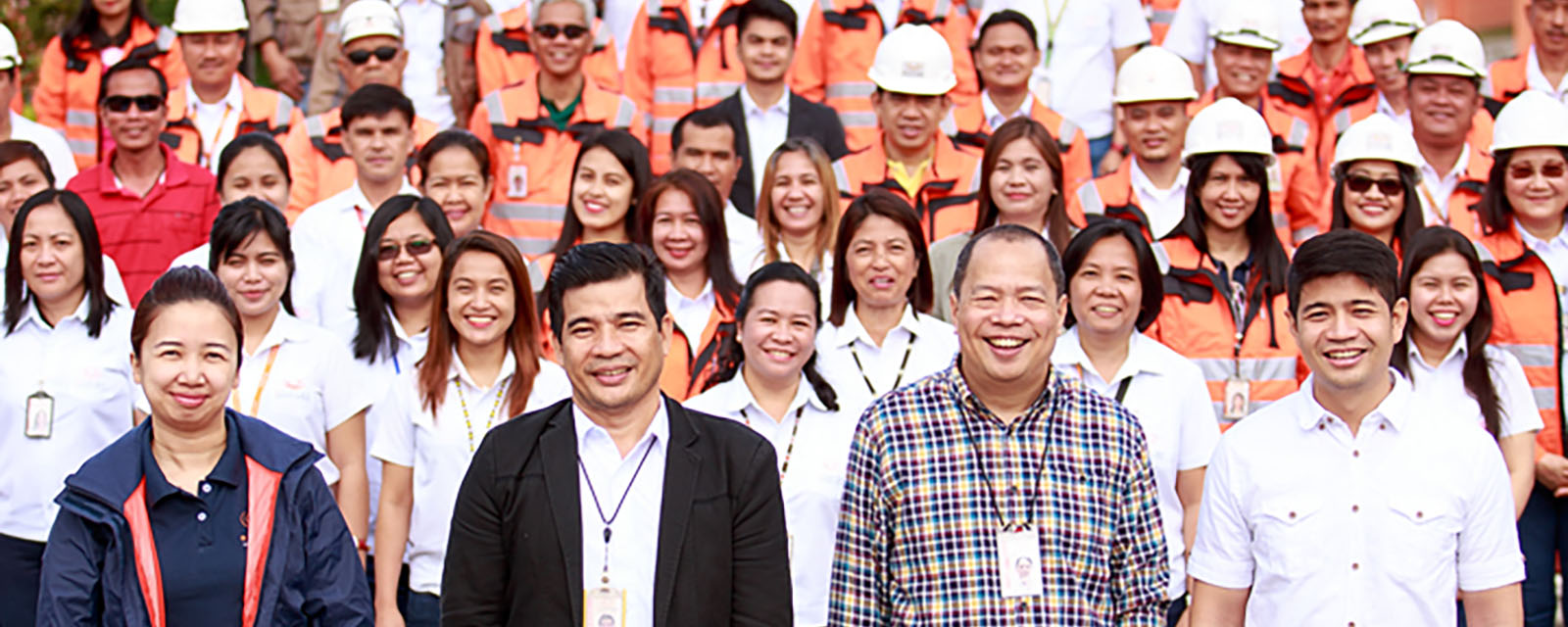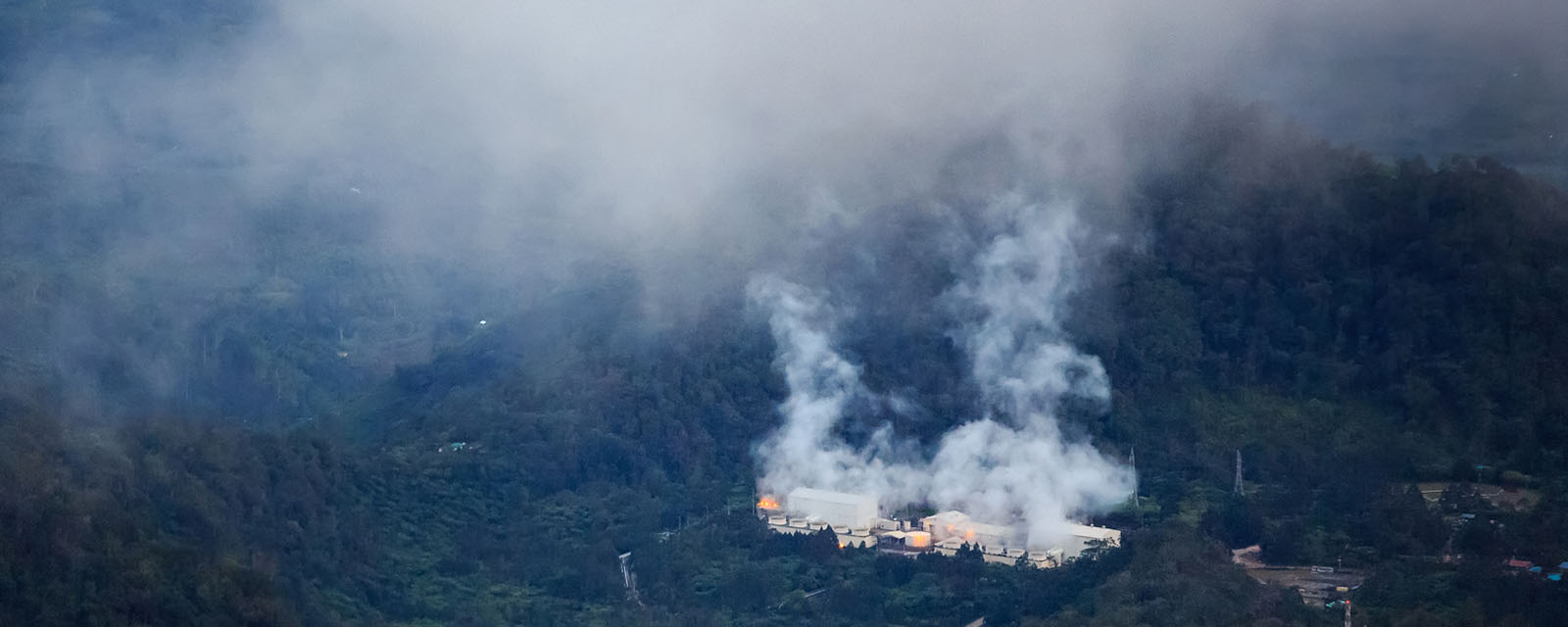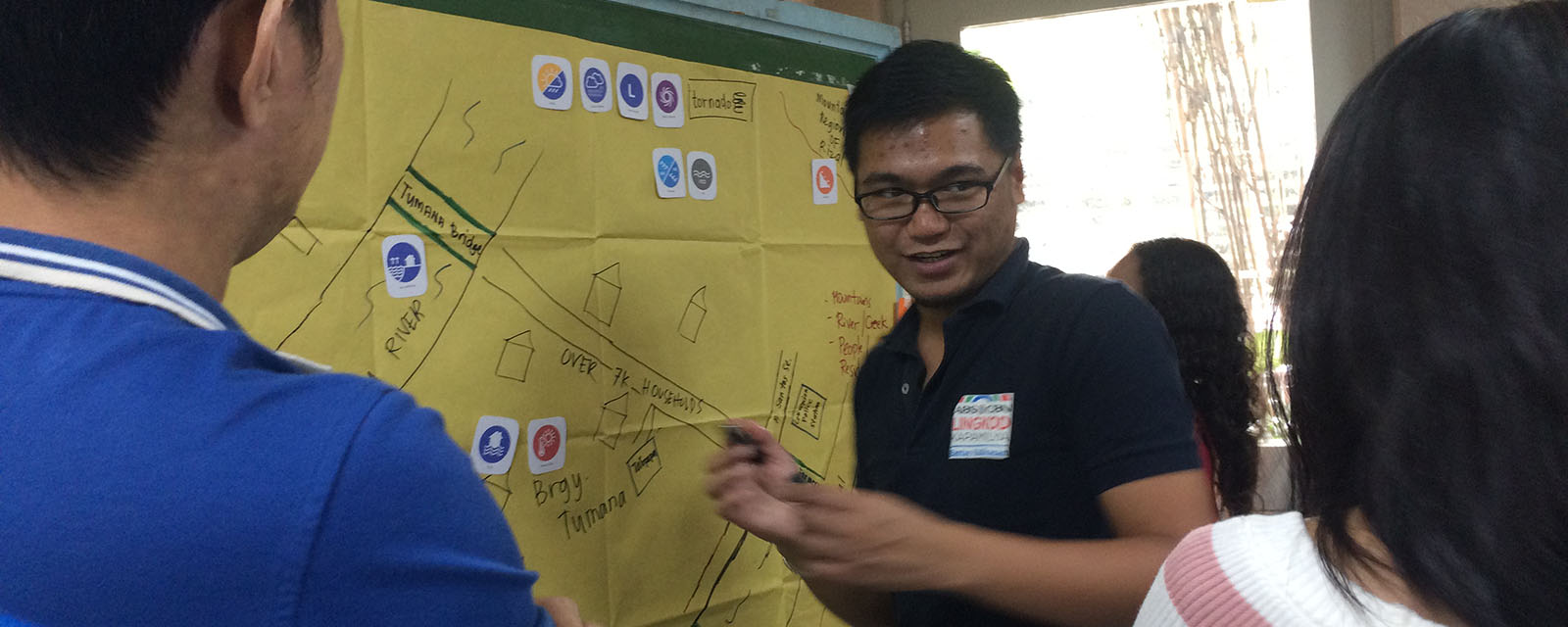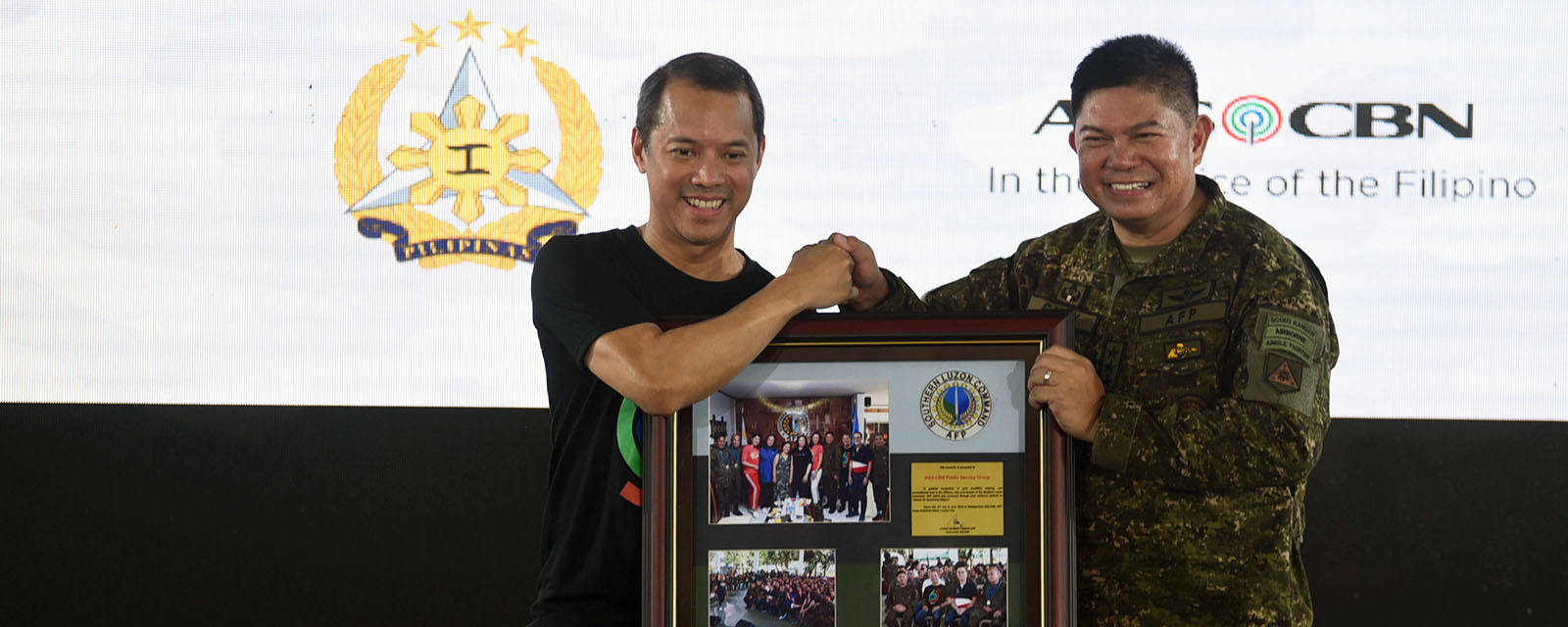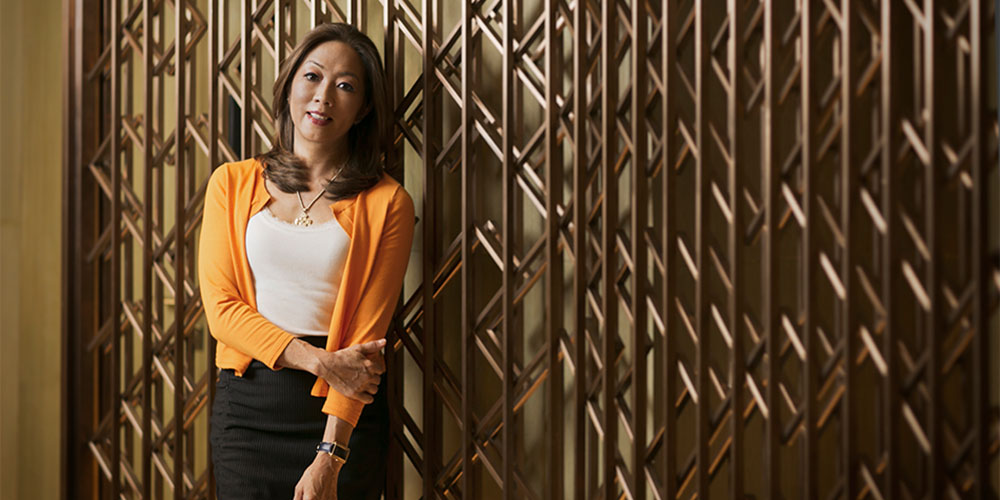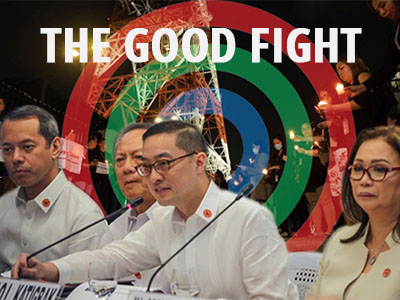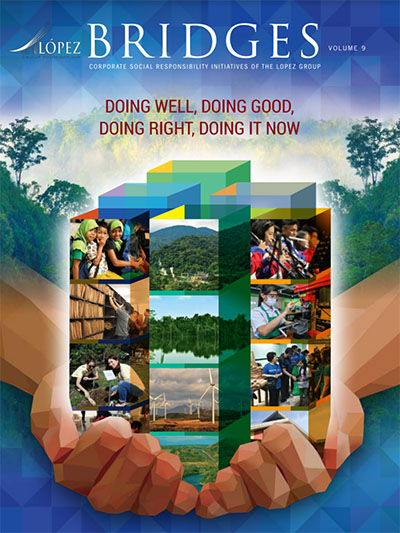Cedie Lopez-Vargas is a big believer in rootedness, both in nature and in heritage—and her efforts are a reflection of this belief. She is involved in BINHI, the Lopez-owned Energy Development Corporation’s reforestation program that focuses on rescuing, nurturing, and replanting native tree species nationwide. She is also one of the women behind ArteFino, which supports local crafts and artists. Rootedness, in many senses of the word, is something that she values. And just like a sturdy trunk supporting expansive branches, she nurtures and combines her passions for environmental conservation and the arts.
Her serendipitous meetings with Dr. Joven Cuanang, the owner of Pinto Art Museum, are good examples. She recalls her first encounter with the neurologist. “I walked into Boston Gallery in Cubao during lunch time—the only time I have to go look at art,” she reminds Dr. Cuanang in the latest episode of Heroes and Titans, ANCX’s video series on making the world a better place. “You were so gracious. You stopped your lunch and took me around to see all the artwork. It was such a memorable meeting.”
Years after, she attended one of Cuanang’s talks on leaving a legacy. The doctor expressed interest in creating an arboretum—a botanical garden devoted to native trees—in his Antipolo museum. “That just rang a bell,” exclaims the executive director of the Lopez Group Foundation. “I waited for you at the end of the lecture, approached you, and asked if we could be a part of this project. That was the beginning. Next thing I knew, we were even planting the trees in the rain.”
A hundred seedlings from the Lopez Group Foundation’s two nurseries were transferred to their new home at the Pinto Arboretum. The seedlings — some of which are elusive in the wild—have survived and grown well at Pinto, much to the doctor’s delight. Lopez-Vargas notes that there’s more to these indigenous species than their rarity. “Entire ecosystems grow and are dependent on these native trees, you know. Also, I think the EDC also decided to focus primarily on hardwoods because they sequester the most carbon emissions that pollute the air,” she adds. On top of encouraging biodiversity growth, projects like BINHI have rendered the EDC as a carbon-neutral company; simply put, she says these efforts have balanced its emissions with carbon removal in the atmosphere.
Art to Heart
“ArteFino is another meeting of the minds for the two of us—the advocacy for promoting and preserving artisanal craft,” the co-founder tells Cuanang. This year, they are hoping to feature a lot of the new patterns and textiles that have been contemporized. Many designers are moving enthusiastically into these artisanal fabrics and crafts.
Now on its third run, ArteFino has become both a launch pad and meeting ground for artists, entrepreneurs, and enthusiasts to support local crafts, rediscover new uses for indigenous materials, and create livelihood programs for communities. “It’s a way for us to encourage stronger national pride, because sometimes we forget who we are,” Lopez-Vargas laments. “We are so caught up in our Western ways that we forget to be proud of the things that have brought us to where we are now. Whether they’re indigenous species of trees, customs and traditions of old Filipino values, or artisanal crafts, these speak so much about who we are and our values.”
Dr. Cuanang concurs. A staunch supporter of the inabel fabric and crafts of Ilocos, the doctor has helped the locals grow more cotton and keep their weaving tradition alive. He also mentions how the Philippines is rich in natural colors for textiles: ginger for yellow, narra bark for red, for instance.
“Even coconut renders fabrics a beautiful blush pink,” Lopez-Vargas adds. “The process of organic dying is kinder for the skin, and you don’t use chemicals. The products are readily available, given by nature. You just have to know which leaf, bark, or flower will yield a certain color.”
She looks at the rediscovery of Filipino textile making as part of an evolving, larger consciousness. “People now ask: where did this come from? Who wove this? How was it woven? What plants did this come from? What is the process: is it organic? Is it sustainable?”
Whether it’s planting one more tree or reviving sustainable crafts that carry the Filipino identity, Lopez-Vargas simply wants to contribute in her own way. “We want to leave a legacy of a better world for the people that will come after us — whether it is art, tradition and culture, or creating forests for the future.”

